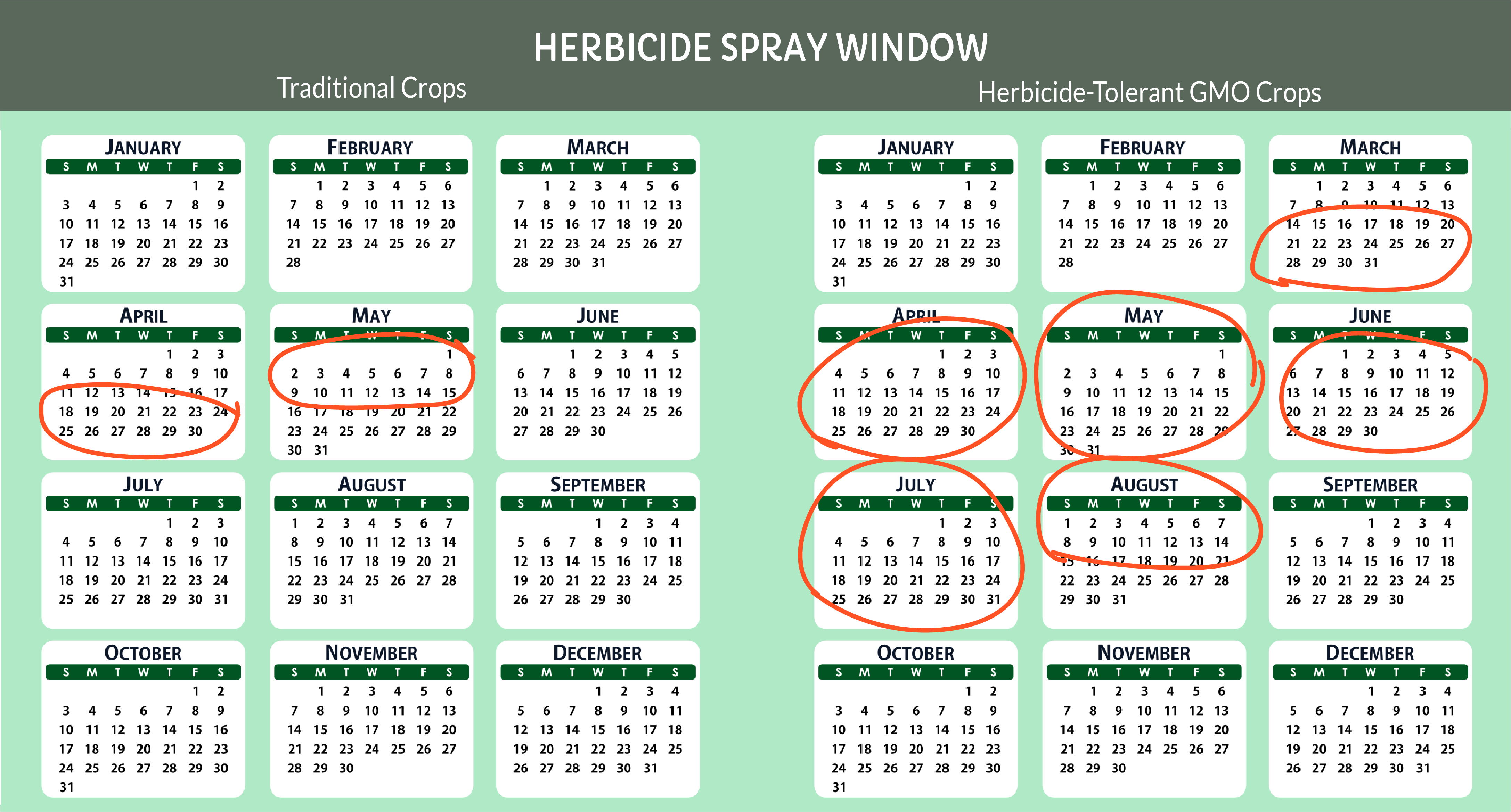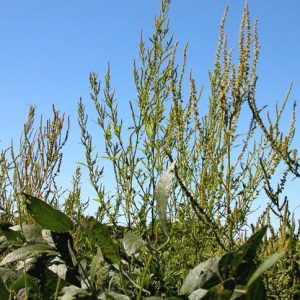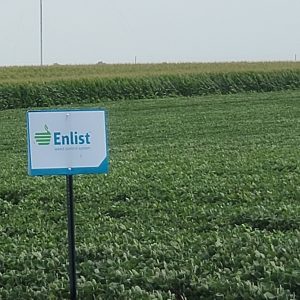What are pesticides?
A “pesticide” is a substance that kills, repels or otherwise controls pests. Herbicides that destroy weeds and other unwanted vegetation are considered pesticides, as are insecticides that kill a variety of insects, and compounds used to control mice and rats. Fungicides that prevent the growth of molds and mildew, and disinfectants that prevent the spread of bacteria, are also pesticides.
Farmers, both conventional and organic, use a variety of pesticides to help protect their crops and enhance production. Certified organic farmers can only use a limited selection of natural pesticides approved for organic agriculture, while conventional farmers often use synthetic chemical pesticides. The Environmental Protection Agency has registered over 16,500 compounds as pesticides, according to NRDC.
Pest management is one of the most important, complex, expensive, and controversial aspects of life on the farm. How a farmer chooses to control pests on his or her land impacts everything from farm profits to the health of the water and soil, the biodiversity of native wildlife, and even the nutritional value and safety of the food the farmer grows.
Because of the widespread use of pesticides in farming, people are commonly exposed to pesticide residues through the food they eat. Pesticide residues can also be present in drinking water.

American farmers rely on pesticides now more than ever. How did we get here?
The Green Revolution of the Fifties and Sixties led to a rise in the use of chemical fertilizers and pesticides on American farms.
We have seen a particularly strong rise in herbicide use, due in large part to the introduction of glyphosate-tolerant corn and soybean seed in the mid-1990s by Monsanto. Farmers who planted these genetically modified organisms, or GMOs, could spray a glyphosate-based herbicide, such as Monsanto’s Roundup product, right over the top of the growing crops. The weeds would die, but the genetically altered crops would not. Farmers no longer had to tightly limit when they sprayed their fields, and many embraced the “Roundup Ready” system as an easy and effective way to kill weeds in their fields. Nearly three-quarters of the corn and soybeans planted now in the Heartland are herbicide-tolerant. Other herbicide-tolerant crops include cotton, canola, sugar beets, and alfalfa. Though the GMO herbicide-tolerant system worked well for farmers initially, over time the planting of an array of glyphosate-tolerant crops has led to dramatic increases in herbicide use, and many harmful environmental impacts.

One key problem is rooted in the fact that overuse of pesticides often leads to the development of immunity – also known as resistance – in the pests the chemicals are designed to control. Just as antibiotic resistance can develop in bacteria when antibacterial medications are overused, weeds developed resistance to glyphosate herbicides in the years after GMO glyphosate-tolerant crops were released and glyphosate use grew. As weeds became harder to kill with glyphosate, farmers then began to use more glyphosate as well as more of other herbicides to try to control weed infestations. Monsanto and other companies released more GMOs designed to tolerate being sprayed with not just glyphosate but also other herbicides. This endless cycle has become known as the herbicide treadmill.
For more than a decade, academic weed scientists have been expecting, witnessing, and trying to help farmers manage through the resistance problems as so-called “superweeds” become more difficult to control year after year. But still, most conventional corn, soybean, and cotton farmers continue to rely on herbicide-tolerant crops and corresponding herbicides. That reliance impacts not just the farmer and his land but also can spell collateral damage for the rest of us.
Scientific research had documented the fact that as farmer use of herbicides has grown, so have exposures from contaminated air, water, soil, and food. These pesticides have also been shown to be harmful to wildlife and important pollinating insects such as bees and butterflies. The total public health cost of rising pesticide exposure is as yet unknown. HHRA is here to ask and answer hard questions about these issues through cutting-edge, multi-disciplinary science.
“We are at the brink of a weed-management system reckoning that, if poorly managed, could cause the most serious crisis in US agriculture since the Dust Bowl.” -Dr. Charles Benbrook
More on Pesticides
Pest Resistance
Overuse of pesticides has led to an increase in insects and weeds resistant to the chemicals used to control them.
Impacts of GMO Crops
Monsanto and other companies told farmers that herbicide-tolerant, GMO crops would reduce their need for pesticides, but something else happened instead…
Next-Gen Pesticides
With weed resistance on the rise, ag biotech companies are turning towards more complex mixtures of herbicides. And so, the next-gen GMO crops can tolerate multiple herbicides.



